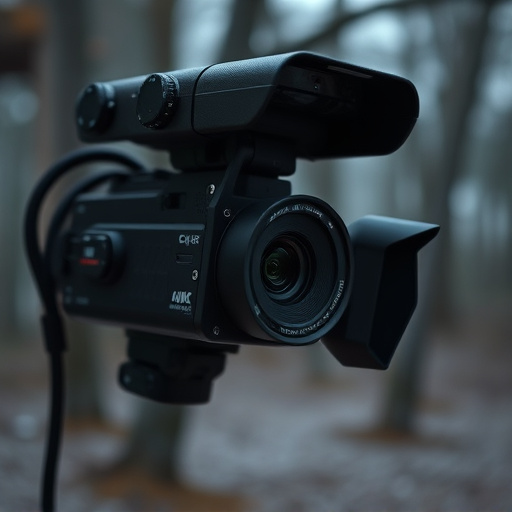Conduct surveillance device sweeps in common hidden locations like attics and doors (as per Spy Camera Childcare Safety Guide). Adhere to privacy laws when installing cameras, respecting consent for recordings in private areas. Strategically place spy cameras in high-risk zones, maintain firmware updates, and establish clear usage rules. Regularly update safety guide, prioritize supervision over reliance on technology.
“Discover how to protect your home and loved ones with our comprehensive guide on spy camera childcare safety. Learn to identify hidden surveillance devices in residential properties, understanding legal implications of installing them, and follow best practices for maintaining privacy while ensuring child safety. Navigate the world of spy cameras with confidence and peace of mind.”
- Identifying Common Spy Camera Locations in Homes
- Legal Considerations for Installing Surveillance Devices
- Best Practices for Maintaining Child Safety with Cameras
Identifying Common Spy Camera Locations in Homes
When conducting a surveillance device sweep of a residential property, focusing on common locations where spy cameras might be hidden is essential for a comprehensive Spy Camera Childcare Safety Guide. Criminals often target areas that offer unobstructed views or are easily accessible but may go unnoticed. These could include strategic points within the home such as:
– Attic spaces and loft areas, which can provide an excellent vantage point to observe activities below without detection.
– Ceiling fans or light fixtures, especially those that are fixed and unmoving, could hide tiny cameras with high-resolution capabilities.
– Curtains or blinds, both inside and outside the property, might cover more than just light; they can also conceal hidden recording devices.
– Doors and doorframes, including handles and hinges, often overlook potential security breaches as criminals seek entry points while avoiding detection.
Legal Considerations for Installing Surveillance Devices
When installing surveillance devices on a residential property, it’s crucial to understand and adhere to legal considerations outlined in the Spy Camera Childcare Safety Guide. The use of hidden cameras is regulated by privacy laws, which vary across jurisdictions. It’s essential to respect the privacy rights of individuals living or visiting the property, especially if there are no explicit consent forms in place.
For instance, recording conversations or visual surveillance without consent can be a breach of civil liberties. Additionally, specific areas like bathrooms and bedrooms generally require explicit permissions due to their private nature. Following these legal guidelines ensures that your surveillance efforts are not only effective but also ethically sound, protecting both the property owner’s rights and the privacy of others.
Best Practices for Maintaining Child Safety with Cameras
Implementing spy cameras in your home can significantly enhance child safety, but proper maintenance and usage are essential. Start by identifying high-risk areas like playrooms or common gathering spots where children frequently engage. Position cameras strategically to capture all entry points, exits, and potential hiding places. Ensure these devices are well-hidden to avoid compromising their effectiveness; concealed cameras are less likely to be tampered with or noticed by intruders.
Regularly review and update your Spy Camera Childcare Safety Guide. Keep firmware up to date for optimal performance and security. Establish clear rules about camera usage for both parents and children, ensuring privacy is respected while maintaining oversight. Consider implementing a monitoring system that allows remote access, enabling quick response during emergencies. Remember, technology should augment supervision; it doesn’t replace the need for active engagement in your child’s safety.
When it comes to ensuring spy camera childcare safety guide and privacy, being proactive is key. By understanding common spy camera locations in homes and adhering to legal considerations, you can create a secure environment for your family. Implement best practices for maintaining child safety with cameras, and rest assured that your residence is free from hidden threats. Stay informed, stay vigilant, and prioritize the peace of mind that comes with knowing your home is a safe haven.
